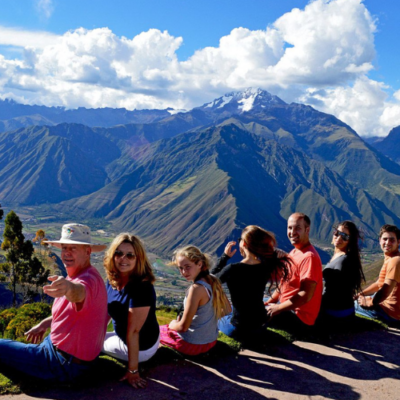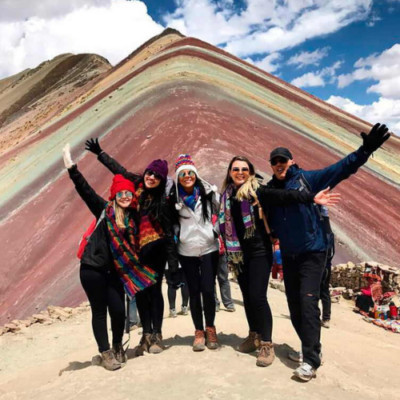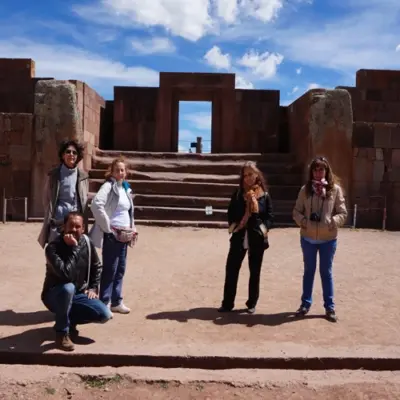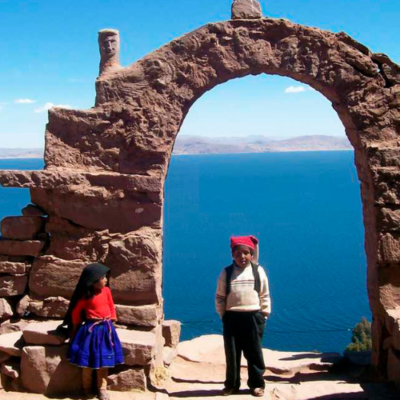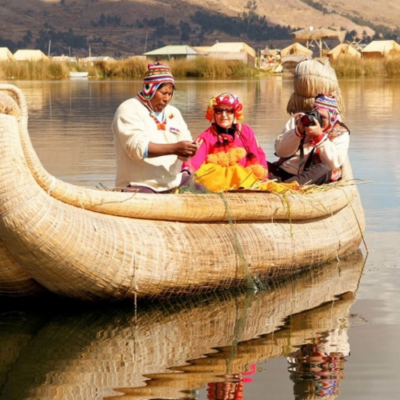The Amazon rainforest is one of the most biodiverse regions on Earth, stretching across several South American countries, including Brazil, Peru, Colombia, and Ecuador. Known for its lush greenery, winding rivers, and unique wildlife, the Amazon offers an immersive experience for nature lovers. However, to make the most of your trip, it’s crucial to consider the best season to explore this majestic rainforest. The Amazon has two primary seasons: the wet season and the dry season, each offering its own unique opportunities.
The Wet Season (December to May)
The wet season, also known as the high-water season, typically runs from December to May. During this time, the Amazon experiences heavy rainfall, causing the rivers to rise significantly and flooding vast areas of the forest.
Why Visit During the Wet Season?
- River Navigation: The swollen rivers make it easier to access remote areas of the jungle. Canoeing through narrow waterways and exploring hidden lagoons becomes more convenient, as many tributaries that are inaccessible during the dry season open up.
- Wildlife Viewing: With the forest submerged, wildlife that thrives in the water becomes more visible. Animals such as pink river dolphins, caimans, and various species of fish are more active and easier to spot. The wet season is also prime bird-watching time as migratory birds flock to the region.
- Lush Scenery: The Amazon is at its greenest during the wet season. The constant rainfall feeds the flora, and the dense forest is even more vibrant, offering breathtaking scenery for nature photography.
- Fewer Mosquitoes: Contrary to popular belief, mosquitoes tend to be less prevalent during the rainy season because there is so much standing water, making it harder for them to find a place to lay their eggs.
Challenges of Visiting in the Wet Season
- Limited Land Exploration: Many walking trails become impassable due to flooding. If you’re looking forward to jungle treks or land-based wildlife spotting, the wet season might not be ideal.
- Rainfall: While the rain enhances the jungle’s beauty, it can also disrupt outdoor activities. Persistent rain showers are common, and although they don’t last all day, you’ll need to be prepared with waterproof gear.
The Dry Season (June to November)
The dry season, also called the low-water season, lasts from June to November. The rainfall decreases, and river levels drop, revealing more of the Amazon’s vast land and its ecosystem.
Why Visit During the Dry Season?
- Land-Based Activities: The lower water levels expose more trails, making it the best time for those interested in hiking and exploring the forest on foot. The dry season also offers a better opportunity to see land-dwelling animals like jaguars, tapirs, and monkeys.
- Waterfalls and Scenic Spots: The dry season is perfect for visiting waterfalls and natural pools, which are more accessible during this time. Popular spots such as the Teotônio Rapids and other Amazonian cascades are easier to reach.
- Fishing and River Swimming: Fishing is particularly fruitful during the dry season when fish congregate in smaller areas due to lower water levels. If swimming in the Amazon’s rivers is on your bucket list, this is the best time, as the reduced water levels make it safer.
- Fewer Rains: The Amazon is more predictable weather-wise during the dry season. Although it can still rain, the showers are less frequent and tend to be lighter, making it easier to plan excursions and activities.
Challenges of Visiting in the Dry Season
- Limited Access by Water: Some remote parts of the Amazon can become difficult to reach during the dry season. Canoeing through smaller tributaries might not be possible, limiting exploration to more popular routes.
- Mosquitoes: With less standing water, mosquitoes tend to gather in larger numbers, so visitors should be well-prepared with repellent and protective clothing.
Choosing the Best Season for You
When deciding the best time to explore the Amazon, it ultimately comes down to what type of experience you seek.
- For a Water-Based Adventure: If you’re keen on cruising the rivers, canoeing into the heart of the jungle, or witnessing aquatic wildlife, the wet season from December to May is your best bet.
- For Land-Based Exploration: If hiking, camping, and seeing land animals like big cats or primates are your priorities, visiting between June and November during the dry season is ideal.
Regardless of when you visit, the Amazon offers a magical and life-changing experience. The rainforest’s immense biodiversity ensures that no matter the season, travelers are rewarded with rich and unforgettable encounters with nature.
Packing Tips for Both Seasons
Whether you’re visiting during the wet or dry season, packing the right gear is essential for a comfortable journey.
- Wet Season: Pack lightweight, quick-drying clothing, waterproof boots, and a sturdy rain jacket. Binoculars and waterproof bags for electronics will also enhance your experience.
- Dry Season: You’ll want sturdy hiking shoes, breathable long-sleeved shirts, and plenty of insect repellent to protect against mosquitoes. A wide-brimmed hat and sunscreen are also must-haves for trekking under the sun.
Conclusion
The Amazon is a year-round destination, with each season offering a distinct perspective on this vibrant ecosystem. Whether you’re navigating the rain-swollen rivers in search of aquatic wildlife or trekking through the jungle during the dry months, the Amazon is a place where nature’s wonders never cease to amaze. All you need to do is choose the season that aligns with your adventure goals!

